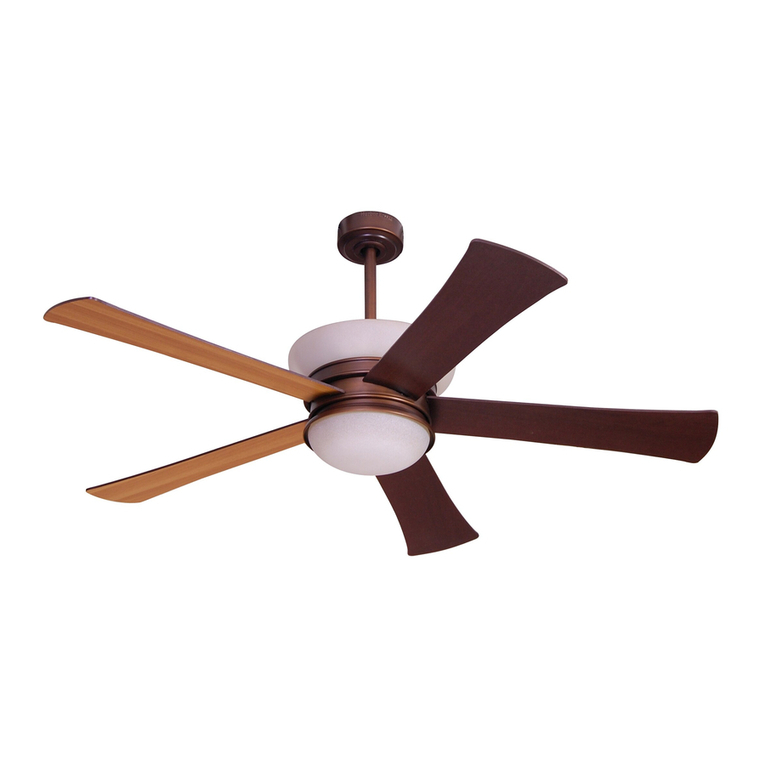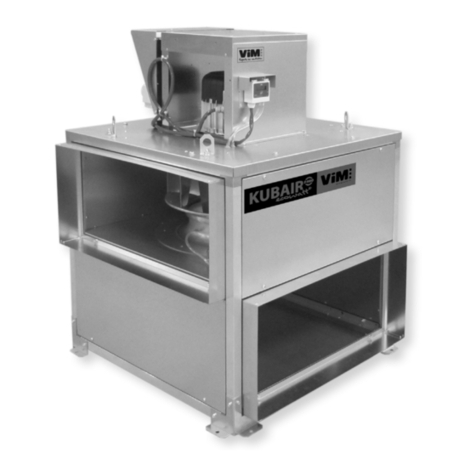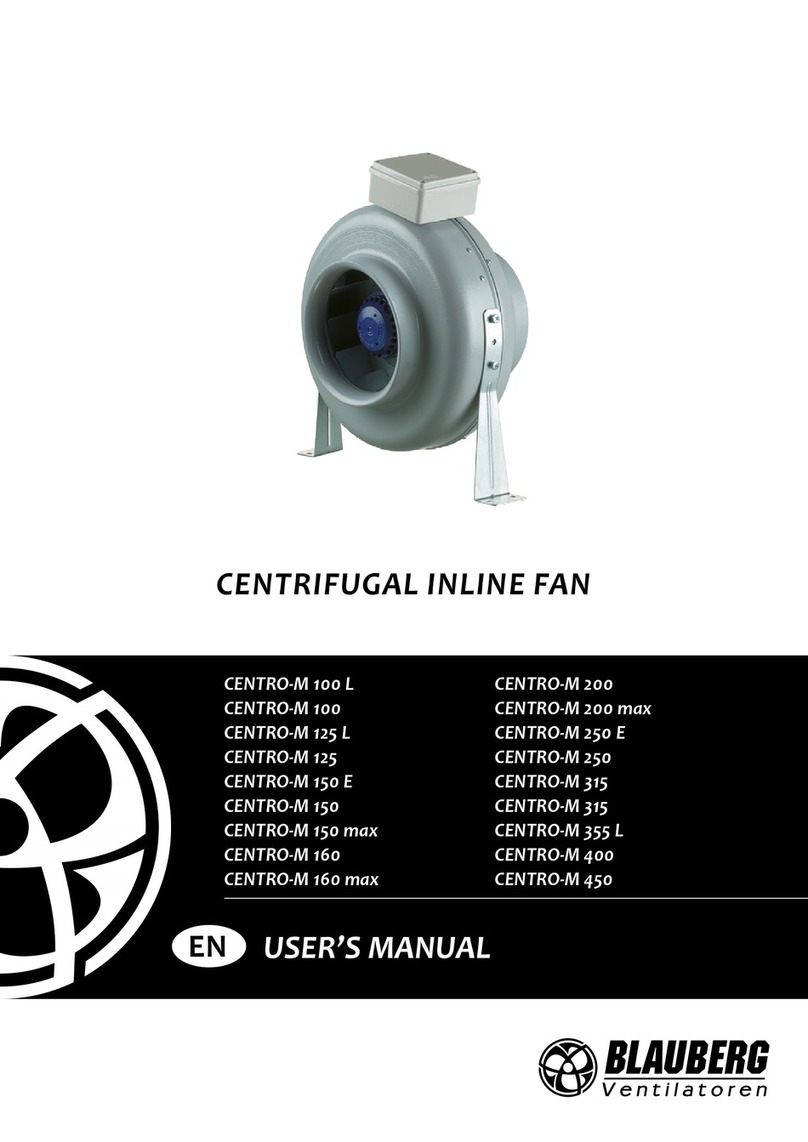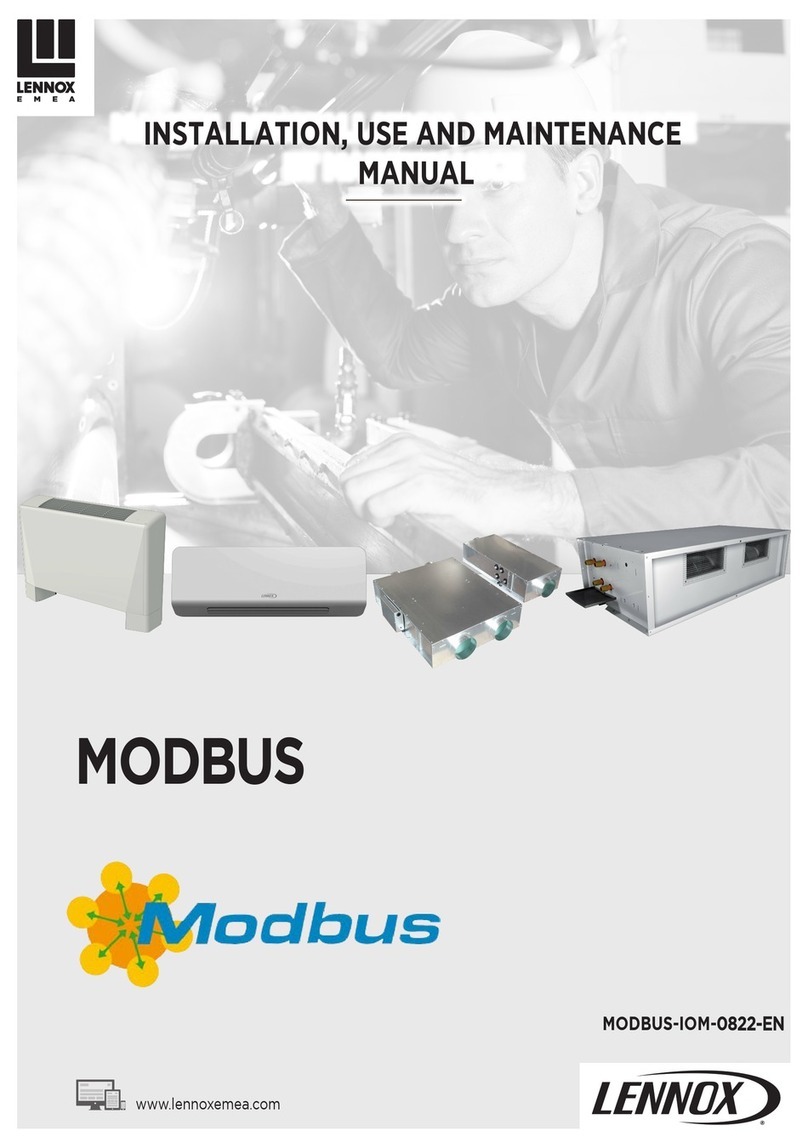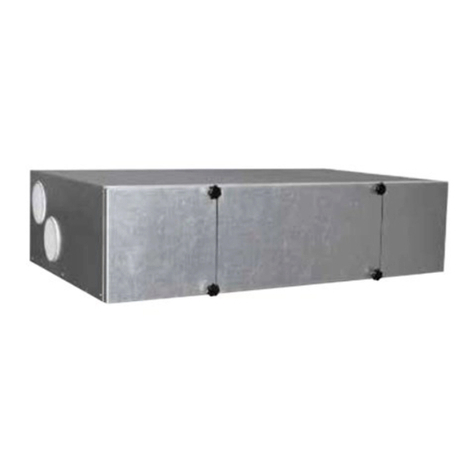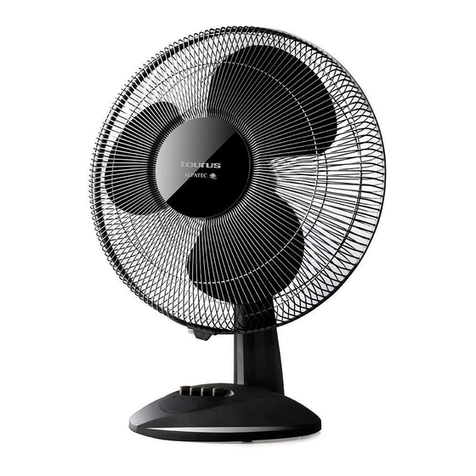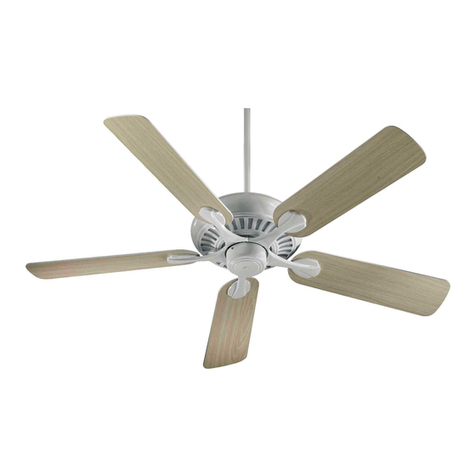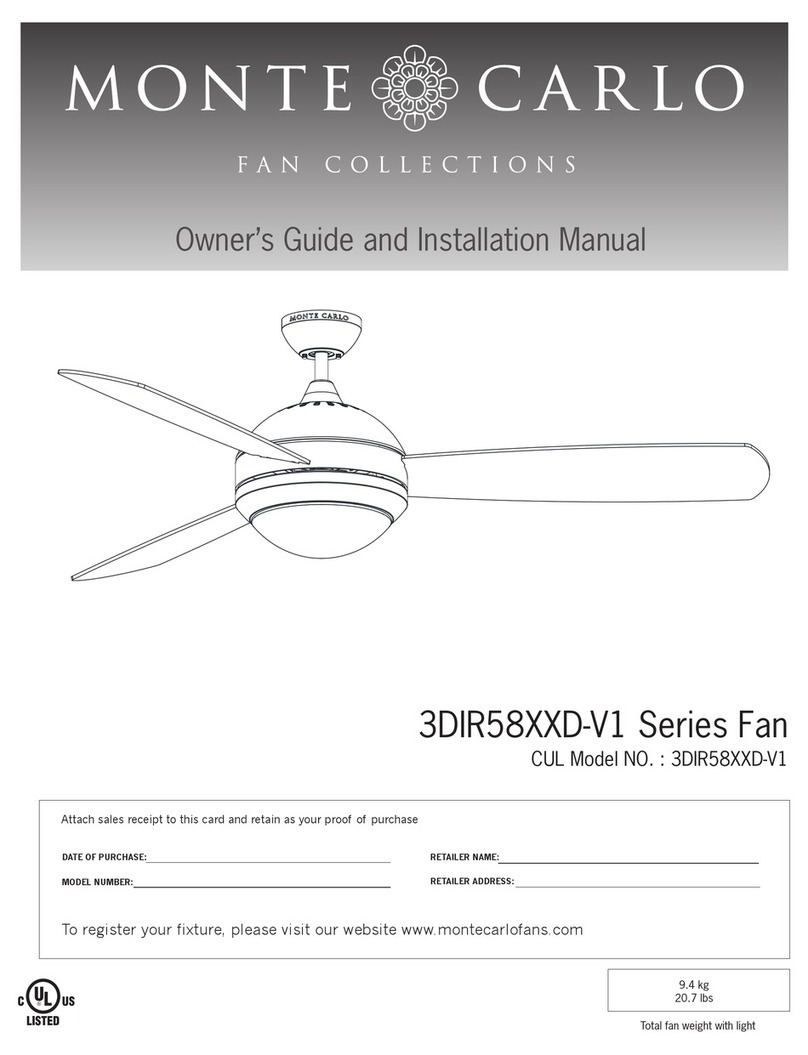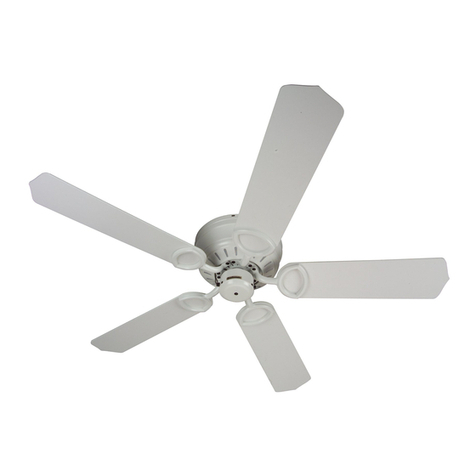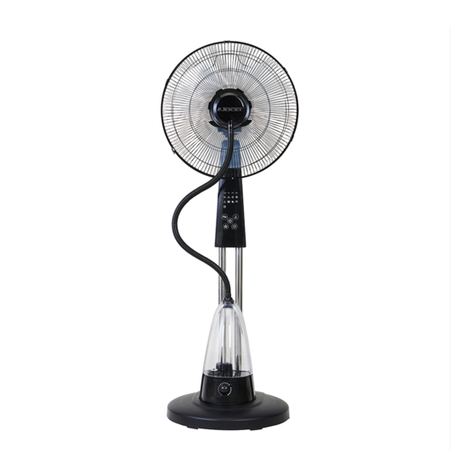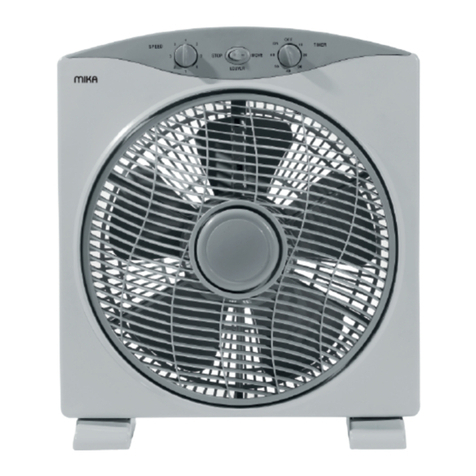
• 9 •Installation Manual • MAXIAIR MXP-HPW & HPWI-IOM/1905-E
6. CHECKS BEFORE SHIPMENT
All the units, before being sent, undergo a series of strict checks, as listed below.
• Dimensional checks to ensure that the actual dimensions of the unit comply with those described in the constructional
drawing undersigned by the customer.
• Visual inspection of the nishes
• Checks to ensure all the components are integral
• Functional test on the electric motors and the humidication pumps
• Visual check to ensure the fan impeller is balanced
• Water seal test on the tanks
• Gasket seal test
• Locking of the dampers in the closing position
• Securing of the coils (medium and large sizes only) for transport, to be released after installation on site.
• Securing of the fan vibration dampers (when considered necessary for the type of transport) which must be released
before starting.
• Check to ensure the unit is supplied with all the materials for assembly on site (hardware, silicon and so on). These
materials, enclosed in a suitable packaging, are placed inside the ventilating section as standard.
• Application of the identication plates.
• Application of the plates marking the discharges, water ttings, power connections, lifting eyebolts.
Upon customer request, a special certicate can be issued relating to the above checks.
7. TRANSPORT
All the units are supplied without packaging. Only upon request, following quotation, packaging is provided in cages,
normal or special water resistant crates, etc...
• The components that, due to technical, constructional, transport or other requirements are not tted on the unit, but
sent separately either inside the unit or otherwise, are specially protected and duly described on the packing list.
• All of the units are divided into constructional sections delivered disassembled; each section can be transported by
truck, with a maximum size of 2400 mm (W) x 2500 mm (H). Upon specic customer request, larger units can be
made for oversized transport.
• Special care is paid during the loading (truck or container) operations.
• All the sections making up the units are handled and stowed using special spacers to protect any protruding parts,
such as coil ttings, handles, hinges and so on.
• Except where otherwise agreed in advance, no other material must be stacked on the products: the manufacturer
declines all liability in the event of damage deriving from such loads.
8. UNLOADING
8.1 Checks upon receipt
When receiving the goods, before unloading, all the material delivered must be checked to ascertain the presence
of any damage caused during transport. Any damage found must be reported to the carrier, accepting the goods with
reservation and specifying the type of damage on the delivery documents.
8.2 Hoisting and handling
The are tted with a base frame and support feet orwith a continuous support base. In both cases, special holes have
been provided to insert lifting pipes for hoisting with cables.
It is strongly recommended :
THE FASTENING OF THE LOAD ON THE TRUCK IS THE RESPONSIBILITY OF THE CARRIER, AND MUST
BE PERFORMED, USING STRAPS OR ROPES, SO AS TO AVOID DAMAGING THE CASING. UNDER NO
CIRCUMSTANCES USE THE WATER FITTINGS OR THE DOOR HANDLES AS ANCHOR POINTS.

